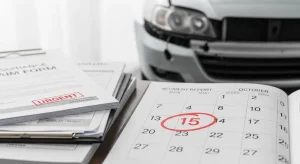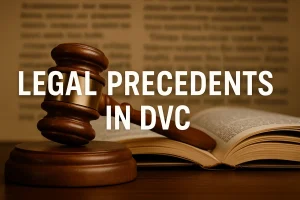When your car suffers more than one incident in a short span—say, a fender bender followed by vandalism—you might wonder: Can I file multiple insurance claims at once? The short answer is yes, but there are important rules, timing factors, and potential complications you should know about.
In this article, we’ll explain when filing multiple claims is allowed, when it might backfire, and how to handle the process efficiently so you don’t get flagged or delayed.
Why This Question Matters
Multiple claims on a single vehicle aren’t as rare as you might think. Weather events, theft, parking lot accidents, and unrelated damages can happen within days or weeks of each other.
However, insurers are wary of overlapping or suspiciously timed claims. Knowing your rights—and responsibilities—can protect you from unnecessary denial or investigation.
When It’s Possible to File Multiple Claims

You can file more than one claim on the same car, as long as the events are separate and each one is covered.
Typical Scenarios That Are Acceptable:
- A hailstorm damages your roof (comprehensive), and a week later, you’re rear-ended (collision).
- You hit a deer on Monday and your car is keyed on Thursday.
Coverage Makes a Difference:
- Comprehensive covers theft, vandalism, and weather damage.
- Collision handles accidents involving other vehicles or objects.
Each claim should relate to a distinct cause, and you must clearly explain the timeline and nature of the damage.
When Multiple Claims Can Create Problems
Not all situations are claim-friendly. Some issues could raise red flags or create roadblocks.
Problem Areas Include:
- Overlapping damage: Two incidents affecting the same part of the car.
- Unclear incident dates: When it’s hard to tell when each event happened.
- Too many claims at once: Even legitimate ones may trigger extra scrutiny.
Insurers look out for patterns that suggest fraud or overuse of policy benefits. Even if your intent is honest, poor documentation can hurt your credibility.
How Insurance Companies Handle Simultaneous Claims

Each insurer has its own process, but generally:
- A separate adjuster or file may be opened for each claim.
- Some companies may consolidate the claims into one investigation, especially if repairs overlap.
- You might receive two separate payments—or one combined settlement—depending on how the damages are assessed.
Expect to explain each event clearly and provide supporting documents like photos, police reports, or repair estimates.
Tips for Policyholders Handling Multiple Claims
You can smooth the process and protect your payout by staying organized.
Here’s how to stay ahead:
- Log everything: Dates, times, and descriptions for each incident.
- Photograph separately: Take clear photos of each damage before and after repairs.
- Communicate in writing: Keep email records when possible.
- Ask questions: If your claims are being merged or delayed, ask why—and get clarity in writing.
What If One Claim Gets Denied?
A denial doesn’t automatically cancel out the others. For example, if your vandalism claim is denied but your accident claim is valid, you can still proceed with the latter.
You also have the right to appeal any denial or request an independent appraisal if you disagree with the valuation.
Final Thoughts
It’s entirely possible to file more than one claim on the same vehicle—but doing it the right way matters. Be upfront, document carefully, and work within the structure your insurer provides.
If your claims are legitimate and clearly communicated, there’s no reason they can’t be handled fairly—even simultaneously. And if you ever feel overwhelmed, seek support from a trusted claims advisor or appraiser.



